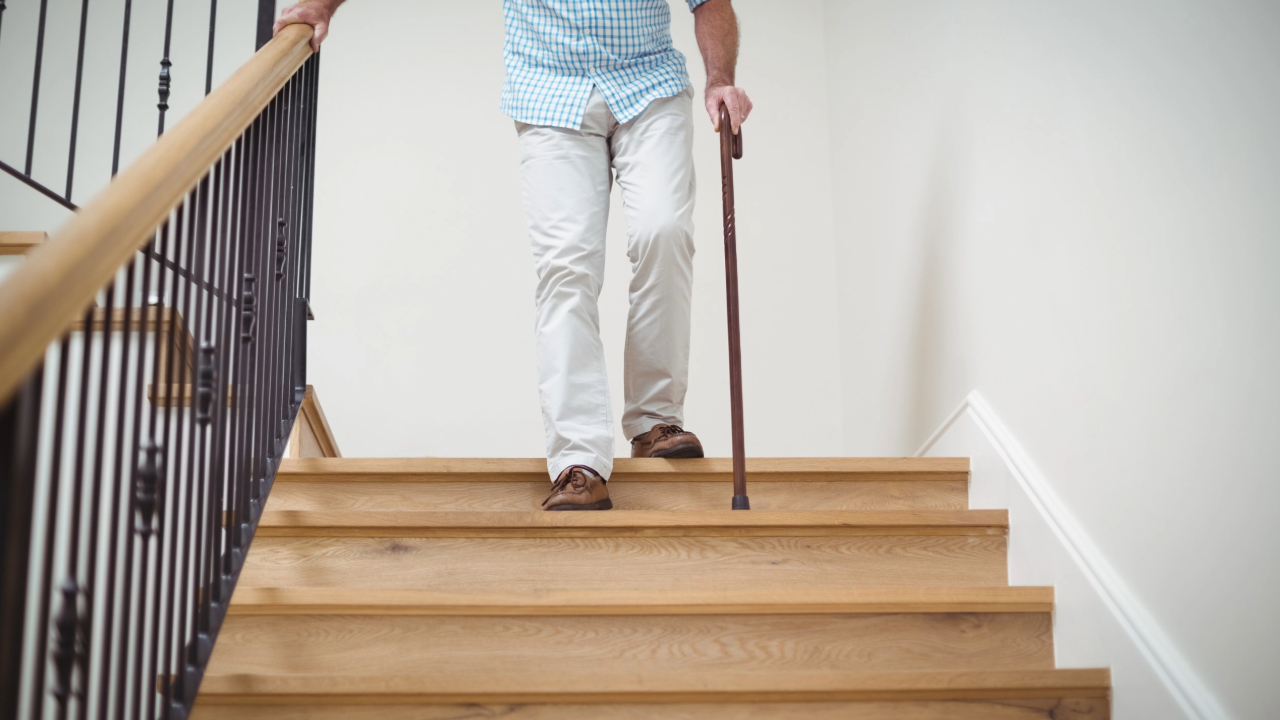Home accessibility is a crucial aspect of ensuring that everyone, regardless of their physical limitations, can move and live comfortably. Adapting your home to be accessible isn't just a matter of convenience; It’s a matter of safety, dignity and inclusion. Below, we'll explore several ways to make your home more accessible and welcoming for everyone.
1. Entrances and Access to Houses
The first barrier that many face is the entrance to the house. Narrow doorways, high steps and lack of ramps can be major obstacles. Consider the following modifications:
- Access Ramps: Installing ramps instead of stairs at the entrance is an excellent way to facilitate the entry of wheelchair users and people with reduced mobility.
- Wide Doors: Doors with a minimum width of 80 cm are recommended to allow wheelchairs to pass through.
- Intercoms and Doorbells: Placing intercoms and doorbells at accessible heights is essential to ensure that everyone can use them without difficulty.
2. Corridors and Internal Circulation
Inside the home, it is important that corridors and circulation areas are wide and unobstructed. This not only makes it easier for wheelchair users to move around, but is also useful for people who use walkers or have mobility difficulties.
- Suitable Space: Make sure the aisles are at least 90cm wide.
- Elimination of Obstacles: Remove furniture and decorative objects that could obstruct the path or cause accidents.
3. Accessible Kitchen at Home
The kitchen is a central space in any home, and making it accessible is essential to promoting independence for all residents.
- Countertops and Sinks: Adjust the height of countertops and sinks so that they are accessible to wheelchair users. Sinks with free space underneath are also ideal.
- Cabinets and Shelves: Place everyday items on easily accessible shelves, avoiding them being too high or too low.
- Home appliances: Choose appliances with controls that are easy to reach and read.
4. Adapted Bathroom
The bathroom is an area where many accidents occur, especially for people with reduced mobility. Adapting this space is crucial to guarantee security and privacy.
- Support Bars: Install grab bars near the toilet and shower stall to help with balance and support.
- Accessible Box: Choose boxes with no unevenness or with wide doors to allow wheelchairs to enter.
- Countertops and Sinks: Just like in the kitchen, adjust the height of the sinks for wheelchair users and opt for models with free space underneath.
5. Bedroom and Living Room in your home
These environments are the most used and must be adapted to provide comfort and ease of use.
- Beds: Height-adjustable beds are ideal for easy access. Also, leave enough space around the bed to allow wheelchair users to move around.
- Furniture and decoration: Choose furniture with rounded corners to avoid injuries. Also, keep the decor minimalist to avoid unnecessary obstacles.
6. Lighting and Environmental Control
Adequate lighting and easy device control are important aspects of an accessible home.
- Lighting: Install automatic lights or motion sensors in circulation areas. LED lights are recommended for their durability and efficiency.
- Remote Controls: Use remote controls for lights, curtains and electronic devices, making control easier for people with mobility difficulties.
7. Assistive Technology
Technology can be a great ally in accessibility. Devices like screen readers, voice assistants, and home automation systems can make daily life easier.
- Voice Assistants: Using voice assistants like Alexa or Google Assistant can help with everyday tasks like turning on lights, playing music or controlling the temperature.
- Automation Applications: Applications that control doors, windows and other electronic devices can be a great option to increase residents' autonomy.
Conclusion
Making your home accessible is not just a matter of following technical standards; it's about creating an inclusive and safe environment for everyone. Small adaptations can make a big difference in the quality of life of those with reduced mobility, ensuring that everyone can live with dignity and independence. By considering the specific needs of residents and visitors, you can create a welcoming and accessible home for everyone.

